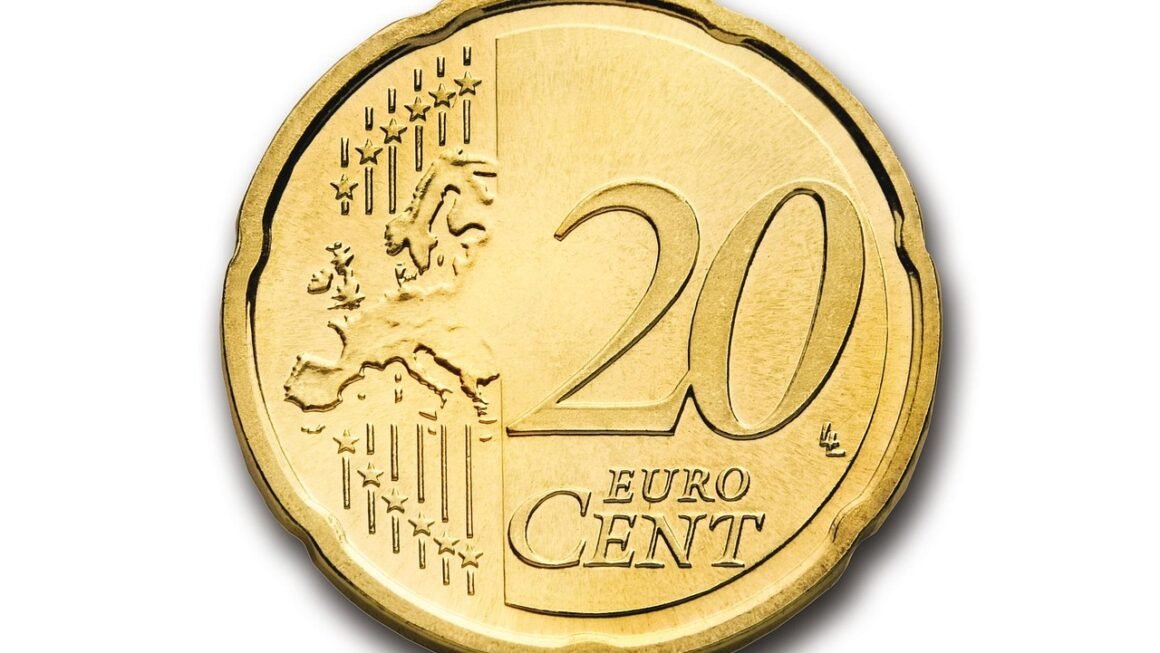Dividends, those delightful distributions of a company’s profits, represent a tangible reward for shareholders and a compelling reason to invest in certain stocks. Understanding how dividends work, the different types of dividends, and the factors influencing dividend payouts is crucial for any investor looking to build a long-term, income-generating portfolio. This guide provides a comprehensive overview of dividends, empowering you to make informed investment decisions.
Understanding Dividends: The Basics
What are Dividends?
A dividend is a payment made by a corporation to its shareholders, usually out of the company’s current or retained earnings. It’s essentially a portion of the company’s profits that’s returned to investors, reflecting their ownership stake. Dividends are typically paid in cash, but can also be paid in stock or other forms.
Example: Let’s say you own 100 shares of a company that declares a dividend of $1 per share. You would receive $100 in dividends.
Why Do Companies Pay Dividends?
Companies pay dividends for several reasons:
- Attract and Retain Investors: Dividends can make a company’s stock more attractive to investors, particularly those seeking income. A consistent dividend payout can signal financial stability and attract long-term investors.
- Signal Financial Health: Paying dividends is often seen as a sign that a company is profitable and confident in its future earnings.
- Reward Shareholders: Dividends are a direct way for companies to reward shareholders for their investment and loyalty.
- Reduce Excess Cash: Sometimes, companies have more cash than they can effectively reinvest in their business. Paying dividends allows them to return that excess cash to shareholders.
Dividend Dates to Know
Understanding the key dates associated with dividend payments is essential for investors. These dates determine eligibility for receiving dividends.
- Declaration Date: The date on which the company’s board of directors announces the dividend payment, including the amount per share and the record date.
- Record Date: The date on which you must be a registered shareholder to be eligible to receive the dividend.
- Ex-Dividend Date: This is typically one business day before the record date. If you purchase the stock on or after the ex-dividend date, you will not receive the dividend.
- Payment Date: The date on which the dividend is actually paid to shareholders.
Types of Dividends
Cash Dividends
Cash dividends are the most common type of dividend. They are paid to shareholders in the form of cash.
Example: A company declares a cash dividend of $0.50 per share. If you own 500 shares, you will receive $250 in cash.
Stock Dividends
Stock dividends involve the distribution of additional shares of the company’s stock to existing shareholders, typically expressed as a percentage.
Example: A company declares a 10% stock dividend. If you own 100 shares, you will receive an additional 10 shares.
Property Dividends
Less common, property dividends involve distributing assets other than cash or stock, such as company products or assets.
Example: A real estate company might distribute a portion of its land holdings as a property dividend.
Special Dividends
These are one-time dividend payments that are usually larger than regular dividends. They are typically paid when a company has a particularly strong year or receives a significant influx of cash.
Example: A company sells a subsidiary and decides to distribute a portion of the proceeds as a special dividend.
Understanding Dividend Yield and Payout Ratio
Dividend Yield: A Key Metric
The dividend yield is a financial ratio that shows how much a company pays out in dividends each year relative to its share price. It’s calculated as:
Dividend Yield = (Annual Dividend per Share / Share Price) x 100
Example: If a company pays an annual dividend of $2 per share and its share price is $50, the dividend yield is 4%.
Important Considerations: A high dividend yield can be attractive, but it’s crucial to investigate the company’s financial health. A yield that is significantly higher than the average for its sector could be a sign of financial trouble or an unsustainable dividend policy. It is important to compare dividend yields within the same industry.
Dividend Payout Ratio: How Much is Paid Out?
The dividend payout ratio is the percentage of a company’s earnings that it pays out as dividends. It’s calculated as:
Dividend Payout Ratio = (Total Dividends Paid / Net Income) x 100
Example: If a company earns $10 million in net income and pays out $2 million in dividends, the dividend payout ratio is 20%.
Important Considerations: A high payout ratio may indicate that the company has limited funds for reinvestment and growth. A low payout ratio may suggest that the company has ample opportunities for growth and prefers to reinvest its earnings.
Factors Influencing Dividend Policy
Company Profitability
A company’s ability to pay dividends is directly tied to its profitability. Companies with consistent profits are more likely to maintain or increase their dividend payouts.
Cash Flow
Even profitable companies may not be able to pay dividends if they have insufficient cash flow. Strong cash flow is essential for funding dividend payments.
Growth Opportunities
Companies with significant growth opportunities may choose to reinvest their earnings rather than pay dividends. They may believe that reinvesting in the business will generate higher returns for shareholders in the long run.
Industry Dynamics
Certain industries, such as utilities and real estate investment trusts (REITs), are known for paying higher dividends than others. This is often due to the nature of their business models and regulatory requirements.
Debt Levels
High debt levels can constrain a company’s ability to pay dividends. Companies with significant debt obligations may prioritize debt repayment over dividend payouts.
Investing in Dividend-Paying Stocks
Benefits of Dividend Investing
Investing in dividend-paying stocks offers several benefits:
- Income Stream: Dividends provide a regular income stream, which can be particularly attractive to retirees or those seeking passive income.
- Potential for Capital Appreciation: Dividend-paying stocks can also appreciate in value over time, providing both income and capital gains.
- Inflation Hedge: Some companies increase their dividends over time, helping investors keep pace with inflation.
- Reduced Volatility: Dividend-paying stocks can sometimes be less volatile than non-dividend-paying stocks, as they tend to attract more long-term investors.
Risks of Dividend Investing
While dividend investing offers numerous advantages, it’s essential to be aware of the potential risks:
- Dividend Cuts: Companies can reduce or eliminate their dividends if they experience financial difficulties.
- Tax Implications: Dividends are typically taxable, which can reduce the overall return on investment. The tax treatment of dividends depends on local rules and can include being taxed as ordinary income or at preferential rates for qualified dividends.
- Overvaluation: As mentioned earlier, a high dividend yield can be a sign of an overvalued stock or financial distress.
Tips for Selecting Dividend Stocks
Here are some tips for selecting dividend stocks:
- Research the Company’s Financial Health: Analyze the company’s financial statements, including its income statement, balance sheet, and cash flow statement.
- Evaluate the Dividend History: Look for companies with a history of consistently paying and increasing dividends.
- Consider the Payout Ratio: Ensure that the payout ratio is sustainable and leaves room for future dividend increases.
- Diversify Your Portfolio: Don’t put all your eggs in one basket. Diversify your portfolio across different sectors and industries.
- Focus on Dividend Growth: Seek out companies that are likely to increase their dividends over time.
- Understand the Risks: Be aware of the potential risks associated with dividend investing, such as dividend cuts and tax implications.
Conclusion
Understanding dividends is fundamental for any investor seeking to generate income and build a long-term portfolio. By grasping the mechanics of dividends, the different types available, and the factors influencing dividend payouts, you can make informed decisions and potentially enhance your investment returns. Remember to carefully research companies, evaluate their financial health, and diversify your portfolio to mitigate risk. Dividend investing can be a powerful tool for achieving your financial goals, but it requires a strategic and well-informed approach.



